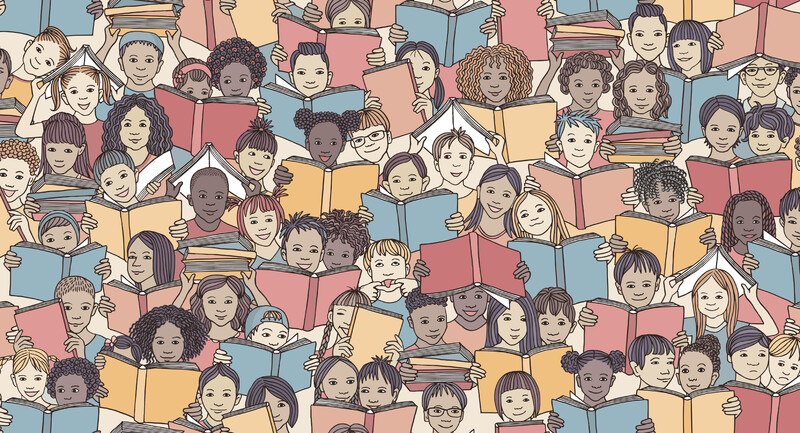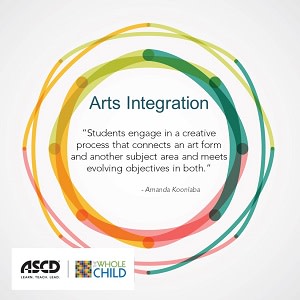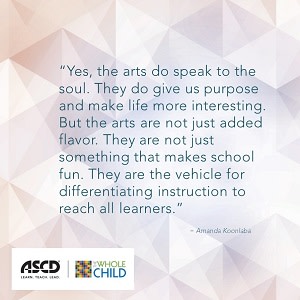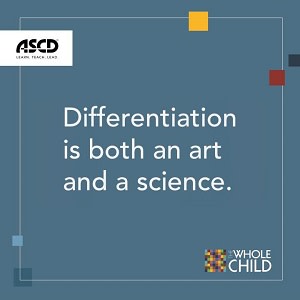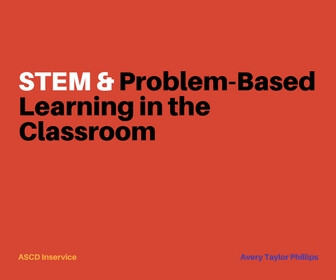All students benefit from exposure to curricula that reflect complex diversity in subject matter, characters, and authorship. But a persistent lack of meaningful diverse representation in the books students read continues to affect how they learn, a new study reveals.
Researchers with The Education Trust reviewed 300 children’s books popular in K-8 English classes and found that most representation, historically and now, remains white. They found imbalances not only in which racial groups are included or excluded in texts and authorship, but also in how authors depict those groups. In many books, historically marginalized groups and people of color lack multidimensionality and agency or are put in a negative light. Books also perpetuated stereotypes about groups and cultures of color and disconnected historical and social topics from the multiple perspectives or larger structural contexts that allow students to fully understand them.
Specifically, the researchers applied a “Tool for Representational Balance in Books” they created to evaluate texts. The tool analyzes a text using four domains, including 1) creator (author) and character identity; 2) people; 3) groups; and 4) historical and social topics. Within the domains, researchers looked at more specific criteria, such as multidimensionality, agency, and stereotypes. For example, when looking at groups, the tool asks users to consider “whether historically marginalized groups are represented without superficiality.”
Among the books researchers studied:
- Seventy-seven percent of the books featured at least one white author or illustrator.
- Fewer than 40 percent of texts featured groups of color.
- Fewer than one-third of books that include groups of color had complex representation, such as avoiding stereotypes and representing these groups equally and positively compared to other groups.
- More than 40 percent of characters of color had limited representation, such as lack of agency and multidimensionality.
- Eighty percent of books about historical and social topics had limited representation, lacking marginalized perspectives and nuanced connection to students’ realities.
Diverse representation in reading is tied to all kinds of benefits for students, including more engagement and positive self-image, higher test scores, attendance, and graduation rates, and an increase in empathy and understanding of cultural differences, note Tanji Reed Marshall and William H. Rodick, the authors of the report. The flipside is also true: representation deficiencies affect disparities in children of color’s academic success (including longstanding racial gaps in reading performance) and take a toll on their well-being.
Despite efforts on the part of educators and activists to diversify curricula and authorship and improve representation in recent years with school library audits, collaboration with publishers, and pushback on book banning, there has been plenty of resistance. Many of the books currently disallowed from classrooms through censorship efforts are about Black characters and by Black authors, scholar Kimberly N. Parker notes. At the time of the report’s publication, according to the authors, more than 40 states have introduced or passed legislation to limit teaching about race and racism (and attempted book bans are at their highest rate in decades). Helping students develop agency to advocate for their needs in education, including in reading, is a practice that starts with educators.
EdTrust researchers make several recommendations to start evening the curricula scales. They encourage educators to continue challenging dominant pressures like book bans, to create more specific definitions of cultural relevance to use when developing curriculum, and to consider how various texts might be helpful to have in conversation with one another in units (rather than just removing or replacing them). They suggest that publishers and district leaders give educators more say in creating their curricula and more support for unpacking student understanding around texts’ inevitable imbalances. Authors and curriculum developers, in turn, need more professional learning about what “balanced representations of people, cultures, and topics” look like, the authors say.
Educators can also use the representational balance tool in decision-making about classroom texts or as a discussion activity with students. The framework provides practical questions and rubrics for thinking critically about representation for individual books, with examples from real titles about what meets—or doesn’t meet—the criteria for the kinds of diverse books from which students will benefit.
“All children deserve to be exposed to rich, diverse characters and cultures in books so they can reap the benefits of seeing themselves and others complexly depicted in an increasingly complex world,” Reed Marshall and Rodick write in the report. “We stand firm with the idea that what students need is more, not less—more information, more context, more diversity, more opportunities for making their own determinations about what is and is not valuable to them.”



